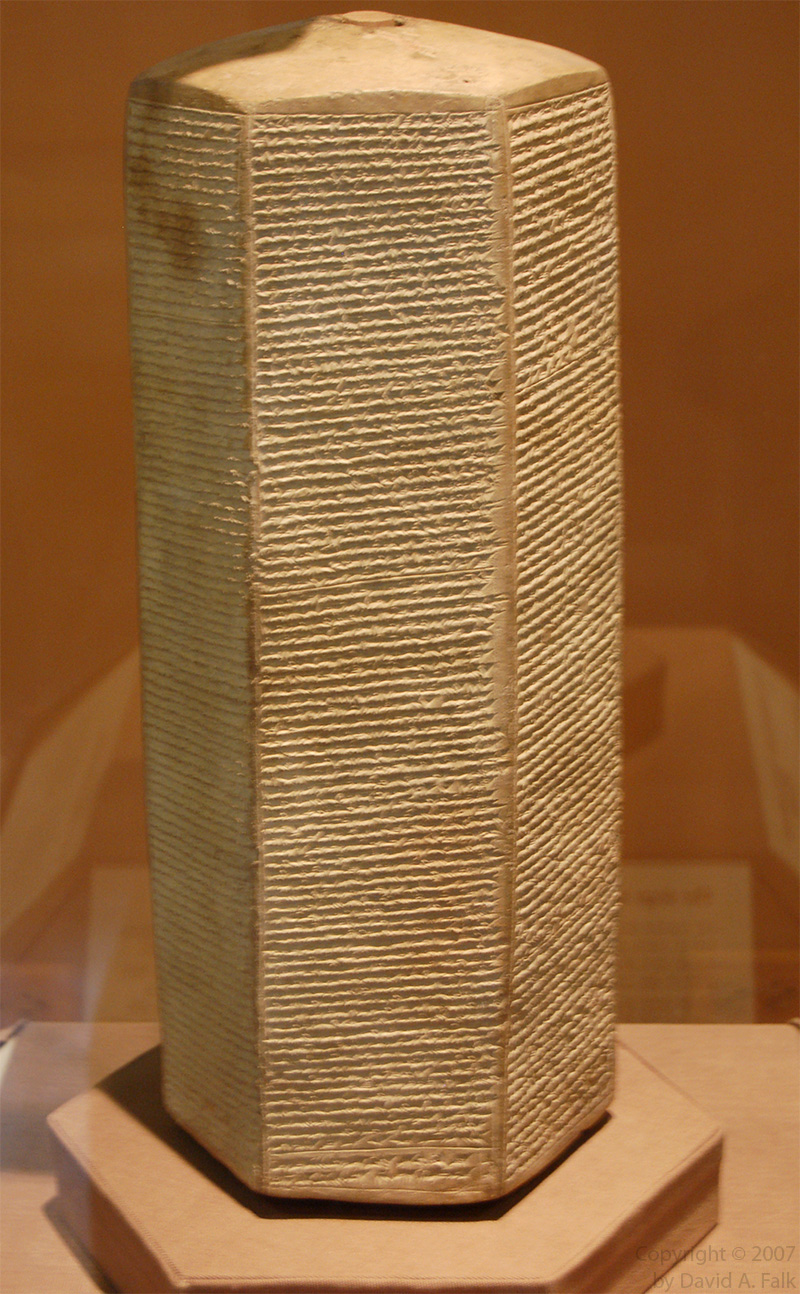Toledot, or Hebrew genealogies, often operate under slightly different rules than Western genealogies. Two weeks ago we discussed a bit about how genealogies work in the Bible. However, we can say more, which is why a part 2 is necessary.
Rules of the Toledot
Unlike what is commonly found in western genealogies, toledot often exclude intermediaries. These intermediaries were descendants that either did not reproduce or weren’t significant to the overall outcomes. Let’s take for example the toledot of Moses in Exodus 6:
And these are the names of the sons of Levi according to their generations: Gershon and Kohath and Merari; and the length of Levi’s life was one hundred and thirty-seven years. The sons of Gershon: Libni and Shimei, according to their families. The sons of Kohath: Amram and Izhar and Hebron and Uzziel; and the length of Kohath’s life was one hundred and thirty-three years. And the sons of Merari: Mahli and Mushi. These are the families of the Levites according to their generations. And Amram married his father’s sister Jochebed, and she bore him Aaron and Moses; and the length of Amram’s life was one hundred and thirty-seven years. [Exod 6:16-20]
Exod 1:5 states that 70 men entered Egypt who descended from Jacob. When the Israelites left Egypt, those 20 years or older were counted to number at least 603,550 according to the weight of the half-shekel redemption offering [Exod 38:26]. If we look at the generations of the toledot of Moses, we see three generations being born in Egypt. Levi begat Kohath, Kohath begat Amram, and Amram begat Moses. Many of the toledot from this period in the book of 1 Chronicles are quite short, usually three or four generations. The text makes it clear that Exodus 6 is naming the “families of Levites” or clans and not specifically the individuals involved per se.
The Unconventional Lifespans
If we took the toledot at face value, this becomes a demography problem. According to the CIA World Factbook 2016-2017 edition, the country with the highest fertility is Niger with 6.76 children/woman. So assuming that each person of the seventy original descendants of Jacob had both a wife and children, then it would take between 6 and 7 generations to produce a population of around 500,000.
The other thing one might notice is the unconventional length of the lifespan of the Moses’ ancestors. Levi lived to 137, Kohath to 133, and Amran to 137 years. There does not appear to be anything symbolic about these numbers. These numbers are not numerologically significant factors; such as 7, 12, or 40.
Now, I wouldn’t say that people living to 137 years is out of the question. Early calendar systems had idiosyncrasies that could account for some extended dating. Not to mention that the wages of sin could have accelerated death by diminishing potential lifespans.
But I think that a simpler solution is also possible. In many toledot, the chronicler may not be using the length that the person was alive. For example, in Exod 6:20, the chronicler says that the “years of the life of Amran were seven and thirty and a hundred.” The “years of the life of” may refer to living memory, which is the years that others have a living memory of the person. This would abbreviate the genealogy for the authors while using a definition for life that is part of the repertoire of the ancient Near East.

